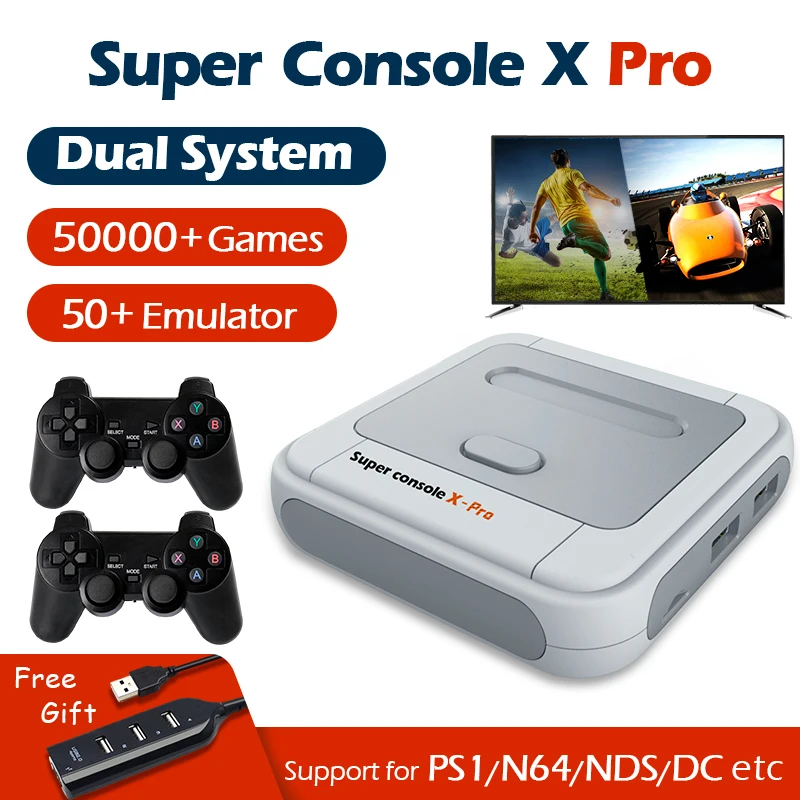Ok, heres what happened:
A muscle strain is a stretch or tear of muscle fibers. In the leg, muscle strains happen when a muscle is either stretched beyond its limits or forced into extreme contraction. Because the leg has many different muscles, it is vulnerable to several different types of muscle strains. Some of the more common ones are:
Gastrocnemius strain (calf-muscle pull) — Calf muscle strains typically occur when the foot suddenly bends upward, stretching the calf muscle beyond its limits. At the time of injury, you may actually hear or feel a pop inside your calf — the sound of the muscle tearing, or shearing away from the Achilles tendon. Calf muscle strains are common in athletes, especially tennis players and joggers. However, they also can happen during a simple stroll, if your foot flexes upward when you step into a hole in the sidewalk, or if your heel slips off the edge of a curb.
Hamstring strain (pulled hamstring) — Hamstrings are long muscles that extend down the back of the thigh. Because hamstrings work to pull back the leg and bend the knee, they can be injured during running, kicking or jumping. As in gastrocnemius strain, you may feel a pop, usually at the back of the thigh, when the muscle tears.
To help simplify diagnosis and treatment, doctors often classify muscle strains into three different grades, depending on the severity of muscle fiber damage.
Grade I — Only a few muscle fibers are stretched or torn, so the muscle is mildly tender and painful, but muscle strength is normal.
Grade II — A greater number of muscle fibers are torn, so there is more severe muscle pain and tenderness, together with mild swelling, noticeable loss of strength and sometimes bruising (called ecchymosis).
Grade III — The muscle tears all the way through. Either it rips into two separate pieces, or the fleshy part of the muscle breaks away from the tendon. Grade III muscle strains are serious injuries that cause complete loss of muscle function, as well as considerable pain, swelling, tenderness and discoloration. A Grade III strain also causes a break in the normal outline of the muscle, often producing an obvious "dent" or "gap" under the skin where the ripped pieces of muscle have come apart.
Symptoms of a strained leg muscle can include:
Muscle pain and tenderness, especially after an activity that stretches or violently contracts the muscle. Pain usually increases when you move the muscle, but it is relieved by rest.
Local muscle swelling, black and blue discoloration or both
Either a decrease in muscle strength or (in a Grade III strain) a complete loss of muscle function
Difficulty walking
A pop in the muscle at the time of injury
A gap, dent or other defect in the normal outline of the muscle (Grade III strain)
Expected Duration
Most Grade I or Grade II strains begin to feel better within a few days. In most cases, symptoms are either totally gone, or very much improved, within eight to 10 weeks. Symptoms of a Grade III strain may persist until the torn muscle is repaired surgically
Treatment
If you have a Grade I or Grade II strain, your doctor will probably recommend that you follow the RICE rule:
Rest the injured muscle (take a temporary break from sports activities).
Ice the injured area to reduce swelling.
Compress the muscle with an elastic bandage.
Elevate the injured leg.
In addition, you can take a nonsteroidal anti-inflammatory drug (NSAID), such as ibuprofen (Advil, Motrin and other brand names) or aspirin, to ease pain and relieve swelling. As pain gradually subsides, your doctor may recommend a rehabilitation program to restore the normal range of motion in your leg and to gradually strengthen the injured muscle.
For many Grade II strains, evaluation by a specialist, such as an orthopedist, will be appropriate. To allow the injured muscle to heal, you may need to wear a cast for a number of weeks.
If you have a Grade III strain in your leg, the torn muscle may need to be repaired surgically by an orthopedic specialist. One exception is a Grade III plantaris strain, which usually is treated without surgery.
if the injury is very bad ADP, then go to a doctor and ask for a X-Ray or MRI (magnetic resonance imaging) scan for your leg..
hope you get better soon..
 . Both my teams won though
. Both my teams won though  .
. Buy on AliExpress.com
Buy on AliExpress.com